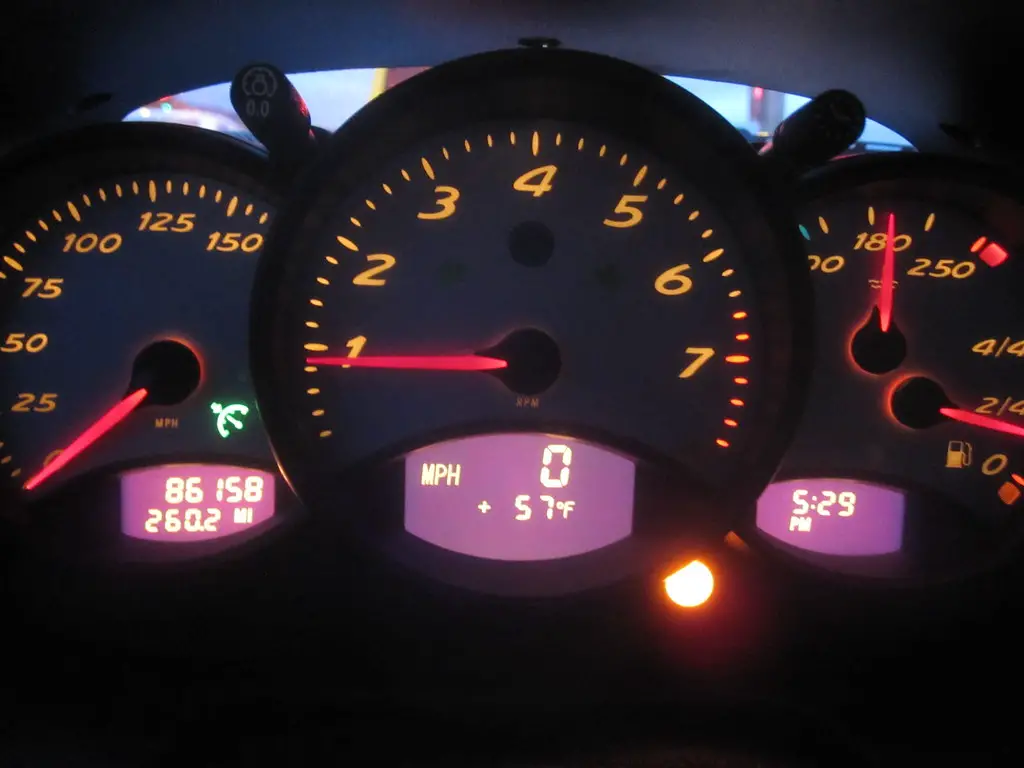As a car owner, it’s important to understand the common causes and potential solutions when your check engine light comes on and off intermittently. This blog post aims to provide beginner and enthusiast car owners with valuable insights into diagnosing, troubleshooting, and resolving issues related to the check engine light.
Potential Causes and Symptoms
The check engine light can be triggered by various issues. Here are some common causes and their associated symptoms:
- Faulty Oxygen Sensor: Symptoms include decreased fuel efficiency, rough idle, and a triggered check engine light. Diagnosis involves reading fault codes with a diagnostic scan tool.
- Loose Gas Cap: Symptoms include a lit check engine light and a noticeable gasoline smell. Diagnosis involves checking if the gas cap is tight and inspecting it for physical damage.
- Faulty Catalytic Converter: Symptoms include decreased engine performance, a rotten egg smell, and a check engine light. Diagnosis involves reading fault codes and inspecting the catalytic converter for physical damage.
- Bad PCV or EVAP System: Symptoms include rough idle, decreased gas mileage, and a persistent check engine light. Diagnosis involves using a scan tool to read diagnostic trouble codes and inspecting the PCV valve.
- Worn-out Spark Plugs: Symptoms include rough idle, engine misfire, difficulty starting, and poor fuel economy. Diagnosis involves inspecting the spark plugs for signs of wear or damage.
- Malfunctioning Mass Air Flow (MAF) Sensor: Symptoms include poor fuel economy, rough idle, and a check engine light. Diagnosis involves reading trouble codes and checking the MAF sensor’s performance.
- Faulty Exhaust Gas Recirculation (EGR) Valve: Symptoms include rough idle, loss of power, and increased emissions. Diagnosis involves reading trouble codes and inspecting the EGR valve for carbon buildup.
Diagnosing and Fixing the Issues
Diagnosing and fixing these issues can vary in complexity. In most cases, using a diagnostic scan tool to read fault codes is the first step. Visual inspections of components can also be helpful.
For simpler issues like a loose gas cap or a bad PCV valve, tightening the cap or replacing the valve can often solve the problem. However, more complex issues like a faulty catalytic converter or a malfunctioning MAF sensor may require component replacement.
While some repairs can be done by car owners, it’s advisable to consult a professional mechanic for complex tasks. They have the expertise and knowledge to ensure proper installation and calibration of the replacement parts.
Costs and Considerations
The costs associated with resolving these issues can vary depending on the make and model of your vehicle. For example, replacing an oxygen sensor can range from $50 to $250 for the part alone, with additional labor costs.
Similarly, the cost of a new catalytic converter can range from $500 to over $2000, including labor costs. Basic repairs like a loose gas cap or worn-out spark plugs are more affordable, with parts typically costing between $10 and $50.
Investing in quality parts and professional installations can prevent future failures and ensure the long-term efficiency of your vehicle.
Conclusion:
Understanding the potential causes, symptoms, and solutions for a check engine light that comes on and off is crucial for car owners. By diagnosing and addressing these issues promptly, you can maintain the performance, fuel efficiency, and reliability of your vehicle, ensuring a smoother and safer driving experience.


